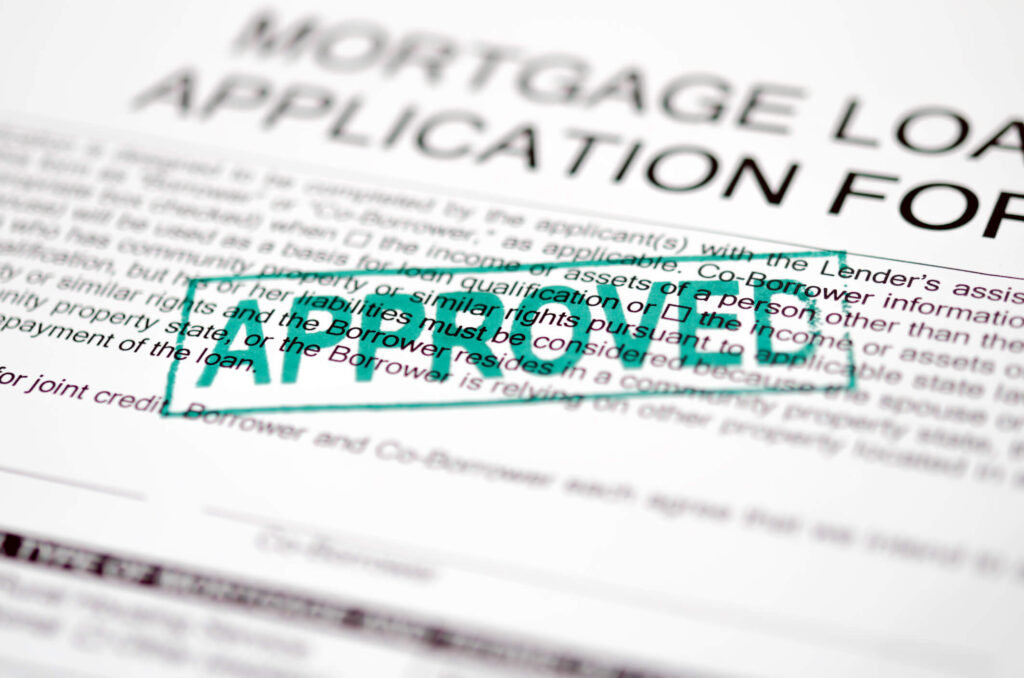Obtaining a long-term loan involves careful planning and a solid understanding of the finances that lenders evaluate. Among these metrics, the Debt Service Coverage Ratio (DSCR) stands as an important factor influencing loan approval. By understanding the DSCR and its implications, borrowers can increase their chances of securing financing for their ventures. Here is how to optimize the DSCR to obtain a long-term rental loan successfully.
What is Debt Service Coverage Ratio (DSCR)
- Definition and Calculation: The DSCR quantifies a borrower’s ability to cover debt obligations and is calculated by dividing the net operating income (NOI) or earnings before interest, taxes, depreciation, and amortization (EBITDA) by the total debt service (principal and interest payments).
- Using DSCR Effectively: A higher DSCR indicates stronger financial health and better repayment capacity. Lenders view a higher DSCR favorably, increasing the likelihood of loan approval and favorable terms.
Let’s consider a real estate property generating an annual rental income of $100,000 and having total annual debt service (principal and interest payments) of $80,000.
Net Operating Income / Total Annual Debt Service
$100,000 / $80,000
DSCR = 1.25
In this scenario, the calculated Debt Service Coverage Ratio (DSCR) is 1.25. This implies that the property’s net operating income is 1.25 times higher than its total annual debt service.
Where Should Your DSCR Stand?
- Optimal DSCR: The ideal DSCR to aim for is between 1.15 to 1.35. This range ensures a comfortable margin for covering debt obligations and indicates financial stability.
- Thresholds to Consider: A DSCR of 0.8 and below is considered suboptimal and may deter many lenders from providing favorable loan terms. Some lenders might accept a ratio of 0.8 to 1, while a DSCR of 1 to 1.2 is exceptional, showcasing robust financial health.
- Consideration in Calculation: When computing the ratio, include expenses beyond principal and interest, such as taxes, hazard insurance, and Homeowners Association (HOA) fees where applicable. These additional expenses provide a more accurate representation of the debt service obligations.
Strategies to Improve DSCR for Loan Approval

- Enhance Operating Income: Increasing revenue streams or operational efficiency to boost net income positively impacts the DSCR.
- Debt Management: Restructuring debts or reducing existing debt levels lowers the total debt service, improving the DSCR.
- Optimize Rental Capacity: Ensuring all rooms or units within a rental property are leased maximizes the property’s rental income potential. By maintaining full occupancy, you can capitalize on the property’s capacity to generate the highest possible rental income, positively impacting the net operating income (NOI).
DSCR Impact on Loan Approvals
- Lender Perspective: Lenders often use the DSCR as a critical metric for assessing loan applications. A robust DSCR reassures lenders of a borrower’s ability to manage debt obligations effectively.
- Loan Terms and Confidence: A strong DSCR enhances bargaining power, allowing borrowers to negotiate better loan terms and instill confidence in lenders regarding loan repayment.
Other Important Factors When Getting a DSCR Loan
Credit Score’s Crucial Role in Long-Term Rental Loans:
A strong credit score significantly influences loan eligibility and the maximum loan-to-value (LTV) ratio that lenders offer to borrowers seeking long-term rental loans.
- Eligibility Determination: Credit scores play a pivotal role in deciding loan approvals, serving as a primary criterion for lenders assessing a borrower’s creditworthiness.
- Impact on Loan Terms: A high credit score often leads to favorable terms, including lower interest rates and higher loan-to-value ratios. It showcases responsible financial behavior, reducing lender risk perceptions.
No Income Documentation Required for DSCR Borrowers
A distinguishing feature of this relatively new lending product is that borrowers aren’t obligated to provide traditional income documentation. Instead, these loans primarily rely on the property’s rental income and its ability to service the property’s debt.
Mastering DSCR for Long Term Rental Loan Success
In conclusion, comprehending the DSCR and strategically aiming for an optimal ratio significantly increases the chances of securing long-term loans. By showing a strong DSCR through financial management and presenting a compelling loan proposal, borrowers can showcase their financial stability and increase the likelihood of successful loan approvals.
If you are looking to get a DSCR loan, get in contact with us today!


